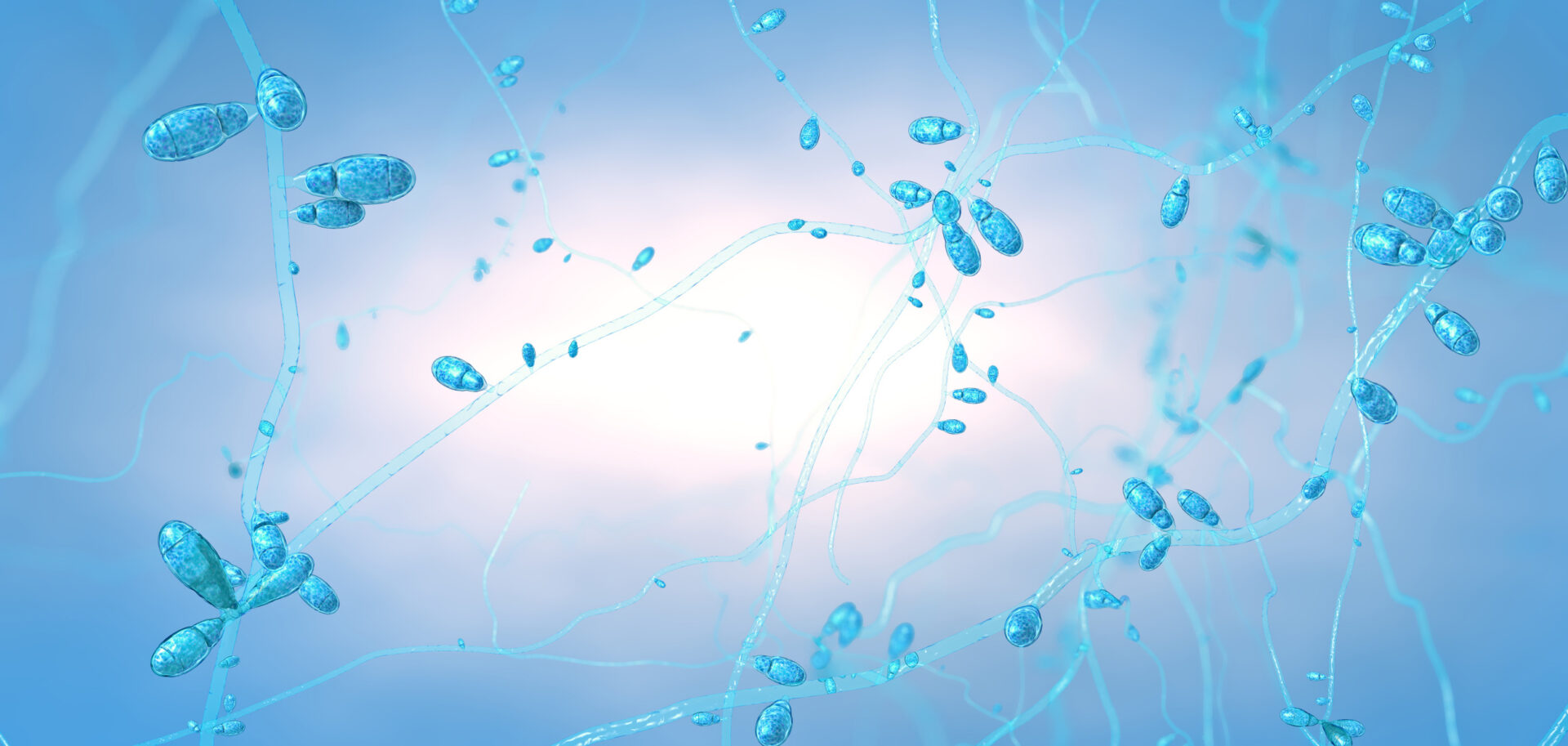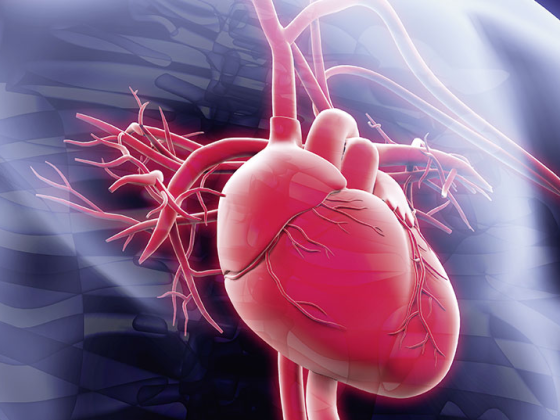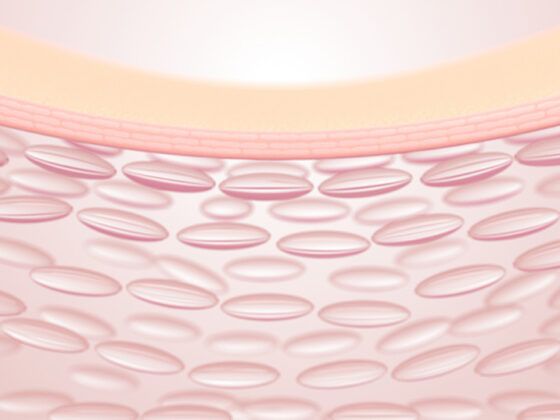| Fungal nail diseases are frequent diagnoses in dermatological practice. What is recommended in terms of material collection and pathogen detection from microscopy and histology to PCR? For which degree of severity of the fungal infestation is which therapy suitable? The S1 guideline developed under the auspices of the German Dermatological Society offers valuable recommendations and advice on these and other questions. |
(red) In our latitudes, nail fungus is mainly caused by the filamentous fungus Trichophyton rubrum, whose spores are extremely persistent. The visually unsightly nail changes are not a mere cosmetic problem, but a serious infection. “Aesthetics is one side. But even more important is that these fungal diseases caused by dermatophytes slowly destroy the nail plate. In addition, the fungus does not disappear by itself and the diseased person can infect others,” explained Prof. Dr. med. Peter Elsner, Public Relations Officer of the German Dermatological Society (DDG). People with underlying conditions, such as diabetes, are at higher risk for fungal foot and nail infections, which can lead to complications such as bacterial infections of the feet. In order to initiate the correct therapy against the causative fungi, an exact diagnosis must be available. “The chances of cure are greatest when a maximum of 30 to 50% of the nail surface is affected. So one should not wait long”, advised Prof. Dr. med. Pietro Nenoff, DDG mycology expert from Leipzig and coordinator of the updated S1 guideline onychomycosis.
Pathogen detection is of central importance – new recommendation for PCR
An exact diagnosis with pathogen detection is the basis of successful therapy. “A fungal infection can always be cured if the diagnosis is correct,” Prof. Nenoff said. The guideline recommends taking nail material (nail shavings) and examining it with a microscope, culturally and/or with molecular methods. The guideline provides detailed recommendations on material collection. “It must also be ruled out by differential diagnosis that there are no other causes for the nail change, such as psoriasis,” explained Prof. Nenoff. Laboratory diagnostic evidence of the pathogen should always be obtained before therapy is determined. A new feature of the guideline is that the polymerase chain reaction (PCR) is considered highly suitable as a method for direct pathogen detection at the DNA level and is consequently recommended for diagnostic purposes. “Dermatohistology can ultimately only distinguish between ‘onychomycosis’ or ‘no onychomycosis’, the species is not determined. In this regard, PCR is superior to histology. A combination of both is best,” Prof. Nenoff explained.
Depending on the severity: nail polish treatment and/or antifungal tablets.
“Treatment is lengthy, it extends over many months and requires a lot of cooperation from the patient,” Prof. Nenoff knows. The specific treatment depends on the severity of the infection. A mild or moderately pronounced nail infection is when a maximum of 40% of the nail surface or a maximum of three out of ten toes are affected. In these cases, the guideline advises the use of an antifungal nail polish. There are various nail polishes that usually need to be applied once a week, ideally after roughening or filing the affected nail. If the onychomycosis is moderate or severe, oral/systemic treatment should be used. “We recommend a combination of topical nail polish treatment with antifungal tablets when it comes to therapy, that’s where the antifungal drugs terbinafine, fluconazole and itraconazole come in,” Prof. Nenoff elaborated. The guideline discusses the pharmacotherapeutic agents suitable for therapy, also with regard to interactions with other drugs. Children can also be treated systemically for advanced onychomycosis. “Here it should be noted that the dose is adjusted according to the age and weight of the child,” the expert said. These antifungal agents used for off-label treatment are considered safe and effective treatment options for children, according to the guideline authors.
Laser therapy is also among the treatment options. Laser treatment alone is not currently recommended in the guideline because there is insufficient evidence to support its efficacy. More promising seems to be the combination of laser therapy with topical antifungal agents.
Sources:
- “Guideline nail fungus: fight fungi by medication and ‘behavioral changes’ – Combi of tablets and antifungal nail polish for moderate and severe infestation,” German Dermatological Society (DDG), Dec. 21, 2022.
- Nenoff P, et al: S1 Guideline Onychomycosis, 2022, AWMF Register No. 013-003.
DERMATOLOGIE PRAXIS 2023; 33(1): 40
HAUSARZT PRAXIS 2023; 18(2): 31











